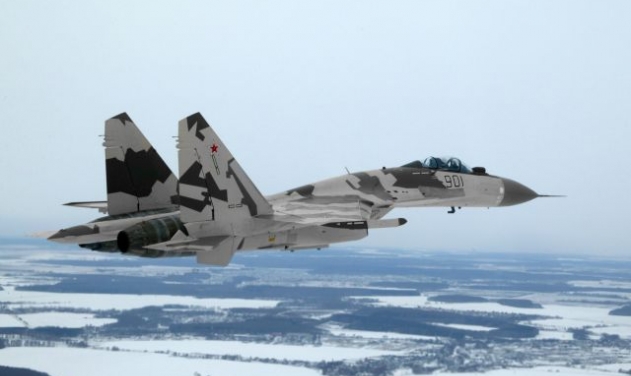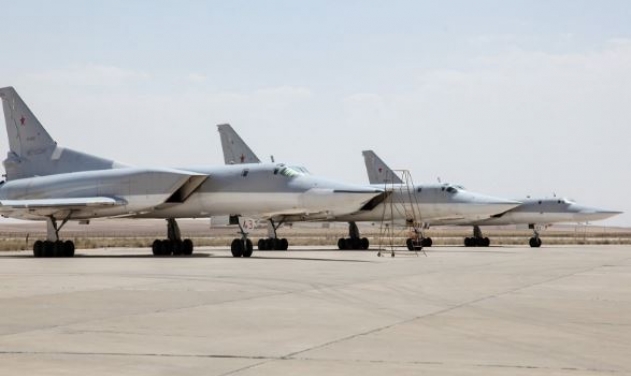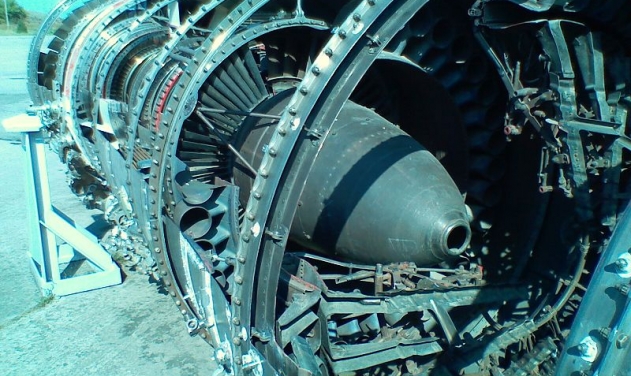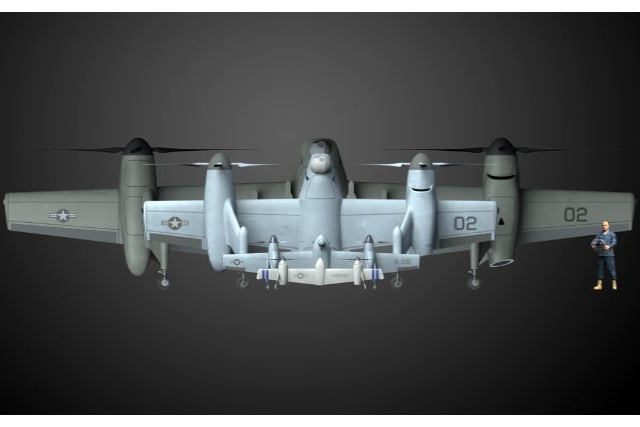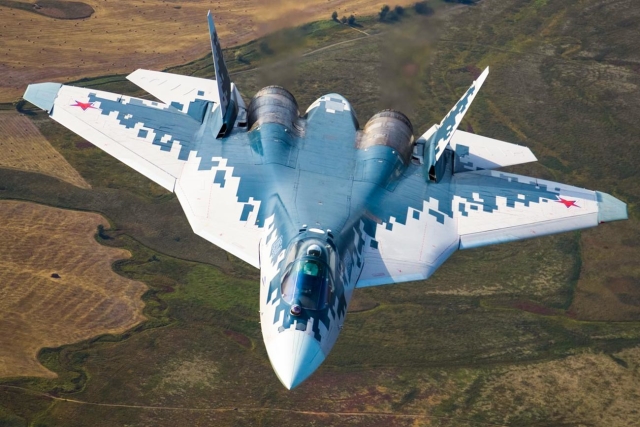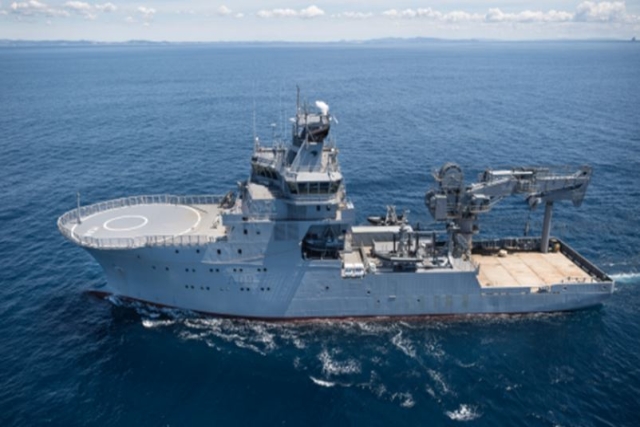Composite Blades For Russian Mi28NM Choppers Following Syrian Ops
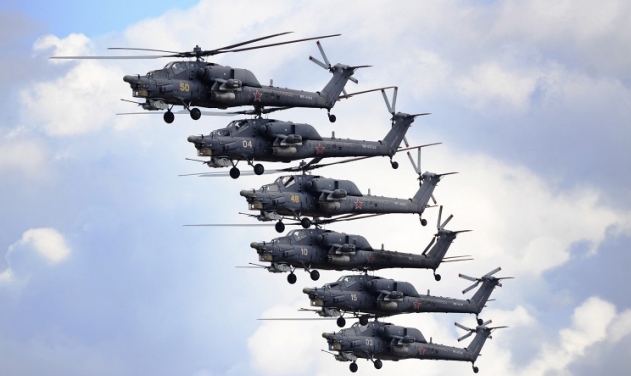
The Russian Air Force plans to replace the full metal blades of Mi-28NM military helicopters with new ones made form composite materials.
The helicopters are currently in operation in Syria.
“The upgraded Mi028NM helicopters will be the first to be provided with composite blades,” Viktor Bondarev, the Colonel General, the Commander-in-Chief of the Russian Air Forces was quoted as saying by Izvestia.
“The upgraded helicopters will be set for serial production by the end of 2017. We will then replace rotors on all helicopters used by the Army,” he added.
“Operating helicopters in the desert with high dust concentration and formation of sand whirls upon take-offs and landings of helicopters at poorly equipped sites always means higher wear and tear of blades," specialists for Russian Helicopters told Izvestia.
"This is true for Afghanistan, Iraq, Egypt, Libya – any territory with sand and no ground, as well as the dust concentration up to several hundred meters upwards. The dust creates abrasion. This effect cannot be fully eliminated, but we can seek to mitigate it. One of the ways to do that is start using full composite blades.”
The full composite structures feature more resilience, damage tolerance, and resistance against external impact. The potential operating life is many times higher versus full metal blades.
Until recently, the Ministry of Defense sought to purchase full metal blades only. The military department shared with Izvestia that this was caused by structural features of such devices: the blades include multiple components, while made it possible to replace only the damaged portion, but not the entire rotor following any combat damage. Until recently, such operations were not possible with composite materials. In case of damage, the blade had to be replaced entirely. Accounting for the high damage potential, this was not an economically efficient option for the entire helicopter fleet.
As explained by a representative of Russian Helicopters, the Mil Moscow Helicopter Plant managed to develop and test production of the new technology to manufacture blades for lift rotors, using modern composite materials with carbon fiber as the main component. One of the key differences is that the blade is produced and polymerized in a press form in assembly and is not assembled using spars and tail sections, as was formerly the case. The KVZ uses composites to manufacture blades for new Ansat and Mi-38 helicopters. Mi-38, Mi-35M (upgraded Mi-24 with rotors, similar to Mi-28), Mi-171A2 (which were also equipped with the new blades for lift and anti-torque rotors, similar to those used on Mi-28) models were provided with the full composite blades for lift and anti-torque rotors. In addition, these are used on new Mi-26M2 high-weight transport helicopter.
“The share of composites in the helicopter design continuously increases and, currently, the plants have completed the renovation of production capacities in order to increase production volumes of composite materials and further improve quality," a spokesperson for Russian Helicopters said. "Unfortunately, operating helicopters in deserts is, and still remains, a hard task: blades and other units sustain higher wear and tear, when used in desert conditions." Russian Helicopters is currently seeking ways to protect helicopter blades against abrasive impact: research is being done in using modern anti-abrasive coatings and additional strengthening of front 'blade edges'.
The holding has disclosed no information as to exact production volumes of full composite blades, due to this information's sensitivity. However, Alexander Mikheev, the Russian Helicopter’s CEO, shared that the company will seek to delivery 870 helicopters worth a total of 388 billion rubles by 2020. These plans make it possible to pinpoint the number of full composite lift and tail blades required. Accounting for the fact that Russia is set to continuously operate Humaymim Airbase, the ways to decrease the cost of helicopter use will be on the front burner for the Ministry of Defense, including a transition to full composite blades across the overall fleet of aircraft operated in Syria.
“Looking at photos published on the Internet, the upgraded Night Hunter already sports new composite blades with adjusted edges at the lift rotor," Anton Lavrov, the helicopter expert, commented to Izvestia. "This shows that internalizing experiences from operating helicopters in Syria is not on paper only, but it enables real actions, seeking to improve military efficiency of Russian helicopters. Some data show that the use of new full composite blades on the Mi-28NM will result in an increase of cruise and maximum speeds. Supposing that the reliability of blades was improved accordingly, this is the decisive argument in favor of the transition from metal to composite blades.”
